Granvia
HISTORY OF THE BRAND
MNP introduced Granvia® in 2019. Due to its big flowers, crispy paper-like petals its and strong garden performance, Granvia® became a huge success instantly. Especially consumers welcomed Granvia® to there homes with open arms. Currently, there are several Xerochrysum on the market, but no one can tip Granvia®. Especially with it bigger than big flowers, it attracts all the attention to its sight.
"Gran", "Grand", "Big", "Mega", "Large"
WHAT’S IN A NAME
The story of Granvia® begins in Australia, where a new born adventures walks along the way. After spending a day deep in the Australian woods, he decides to return and to look for a path that leads him back home. While he’s walking, enjoying the sun, the earth, the wild, he see’s a bright yellow colour shining in the green. It attracts his attention straight away. Curiously he walks to the spot where he saw the yellow light shining. There it was: Granvia®. A plant shining so bright that it could light up every cloudy day. The adventurer felt instant admiration. The unique big size of the stunning flowers, the crispy paper-like structure of the petals that where reflecting the sunlight so intensely that the whole plant lighted up its surrounding. But most of all, the bright yellow colour that reminded him of all his joyful moments at home. This is what we need he thought. A plant that brings back adventure and joy in your garden. And so Granvia® was born. A big flowered Xerochrysum, found along the way and taken home to bring back the adventure into your garden.


Xerochrysum (Bractheantha)
BOTANICAL ROOTS
The Xerochrysum (Bractheantha) is an Australian plant. Originally they grow in a dry and hot landscape. This means the plant prefers dry and sunny places, although it also hendles cold climates very well. The super strong garden performance of Granvia® Gold is remarkable. Granvia® can bring adventure to your garden for a long time. Except short day season (mid winter), it blooms all year long. From early spring ultill early winter!
Beside it is good resistant to all kinds of weather, it is also self-craning. This means that people don’t need a good care to keep up the quality. Because of the size of the flowers, you can spot Granvia® from far away. The intense, bright yellow colour stands out and take up all attention. Because of the crispy paper-like structure of the petal, the light is reflected which make the yellow flowers look even bigger and more attractive. That’s what makes Granvia® perfect as a centerpiece in your landscape.
Hybrids
A hybrid plant is the result of cross pollinating two different plant varieties and growing the seed the cross produces. The plant that grows from that seed is considered a hybrid. Like animals and humans, each crossing produce a lot of seeds which are all different.
Why Hybridize Plants?
We want to combine the qualities of the parents in the offspring to have the best plant as possible. Hybrids might be developed for disease resistance, size of plant, flower, or fruit, increased flowering, colour, taste or any reason a plant might be considered special. Most modern plants currently on sale are hybrids.
Getting to the desired result can take years of crossing. First time crosses are grown out the following year and the plants they produce are evaluated. If they meet expectations, the cross will be repeated and the seeds will be marketed. But it can take many years before a hybrid with the desired traits is even created. And when it is finally created it is tested again for a few years to be sure of a good and healthy specie.
Are Hybrid Plants Unnatural?
Most hybrid plants are intentional crosses, but hybridization can occur in nature. In fact, it happens quite often. Two nearby compatible plants can be cross pollinated by insects or the wind and the resulting seed simply falls on the soil and grows into a hybrid. Few of the flowers and vegetables we grow today are in their original wild form.
“We do the same as insects do in nature. The only difference is that we choose the 2 plants that will be crossed and the insects do it randomly” says Production Manager from MNP Juliette Einhorn.
Do Not Confuse Hybrids With GMO!
In nature, hybrids are hit or miss. Commercial hybrids come about after a great deal of work and many attempts are discarded if they do not produce the desired results. Whether the cross occurs by nature or man, do not confuse hybrids with genetically modified plants (GMO), which are created using techniques such as gene cloning. Hybrids are simply two plants that cross pollinated.






MNP and our
OTHER BRANDS
MNP flowers (the Netherlands) introduces new plants and varieties from the Japanese breeder Suntory Flowers Ltd., among others, onto the European ornamental horticultural market. MNP flowers have several selection specialists, who all have in-depth knowledge of the European horticultural market. Together they select plants and varieties that suit this market perfectly. They are tested extensively at several testing locations. Next to that MNP flowers carries out market research for every variety, which is very important for ‘positioning’ the product. They think about ‘product naming’ and branding (logo, labels, pots, leaflets, website, etc.). Growers pay a licence fee for every Suntory Flowers Europe plant. MNP flowers recoups this licence fee to its business partners by creating marketing concepts, arranging free publicity and PR, safeguarding plant quality, etc.















